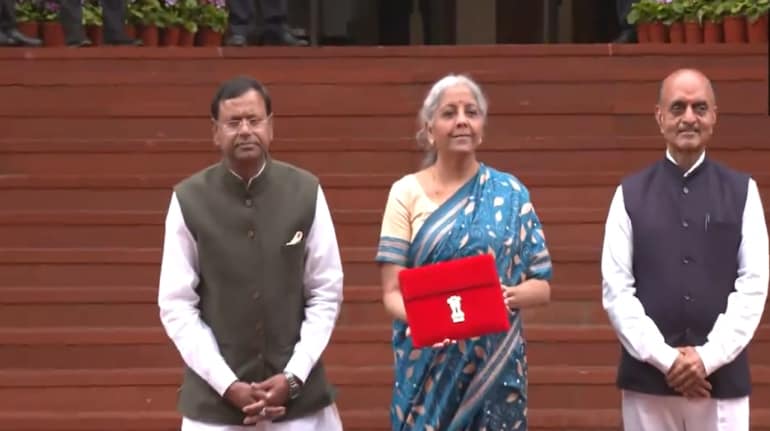
Diwali, the festival of lights, has become an occasion for investment for many, signifying the pursuit of prosperity and good fortune. The festival ushers in a season of optimism and positivity, with these sentiments often extending to the financial markets.
This period tends to witness more resilience in markets, reflecting the overall enthusiasm associated with Diwali. Traditionally, Diwali has been a time when people invest in assets such as gold, real estate, and stocks.
Over the years, this tradition has evolved into a modern practice where investors strategically harness the positive energy of Diwali to make informed financial decisions. Ahead of Diwali 2023, we asked experts for the best investment strategy to make your festival brighter.
“When we are looking at investment options there are multiple parameters that one needs to focus on. Some of the answers that we must seek are: What is the time horizon, what is return expectations and what kind of risk that one is willing to undertake? Further, does the investment option provide liquidity in the intermediate period,” said Sanjay Chawla, CIO- Equity, Baroda BNP Paribas Mutual Fund.
“Mutual funds are probably the best option to help you meet your financial goals. To top it all, the taxation for equities/Equity MF is more favourable amongst most investment options,” said Chawla.
Equity Mutual Fund SIPs for long-term prosperity
Mutual funds cater to various risk appetites, offering a range of products from large-cap to small-cap funds. According to Chakravarthy V., Co-founder and Director of Prime Wealth Finserv Pvt Ltd, diversified equity mutual funds are the way to go for investors seeking long-term wealth accumulation.
“For those seeking long-term prosperity, the seasoned choice is diversified equity mutual funds, boasting a historical annualised return of around 16 per cent —a testament to the S&P BSE Sensex's decade-long performance,” said Chakravarthy. Further adding that in the long term, systematic investment plans (SIPs) can also be a deal choice.
For those who prefer a balanced approach without deciding on equity-debt allocation, hybrid funds provide suitable options, according to Sanjay Chawla.
“In this category the equity portion varies dynamically depending upon the valuations. This takes away the need for the investor to track the market valuations and the adjustment net equity allocation automatically. It increases the equity allocation when the markets fall and vice-versa,” said Chawla
According to Mukesh Kochar, National Head of Wealth, AUM Capital, investors should move beyond considering historical top performances when selecting funds.
“It (mutual fund plans) should be filtered out as it will not help to see the performance in isolation. In the years to come, the top performers of last year may or may not deliver good returns. Consistency of performance, rather than top performances, returns should be taken into account by investors,” said Kochar.
Risk-adjusted returns
For sustained, long-term wealth accumulation, it is necessary to take account of risk-adjusted returns instead of performance alone. As per Kochar from AUM Capital, to avoid short-term volatility, you need to start building your portfolio soon and investing regularly for a longer period.
“If funds are to be identified in conjunction with the trend of the market, then values such as Standard Deviations, Sortation Ratio, Sharpe and Beta etc. should be used. Proper asset allocation, with proper diversification and periodic rebalancing of the portfolio, must be maintained at all times,” said Mukesh Kochar.
For those prioritising safety, Chakravarthy from Prime Wealth Finserv suggests debt funds or fixed deposits (FDs) offering stable havens with returns ranging from 5-7 per cent.
“One can also consider Gold ETFs emerging as a strategic shield against inflation, witnessing a 22 per cent surge from November 2021 to November 2023—a golden opportunity for portfolio diversification aligning with short-term investment goals,” said Chakravarthy.
A Multi-cap strategy
Mukesh Kochar from AUM Capital emphasises a multi-cap strategy, particularly favouring the stability offered by large-cap components combined with the incentive for performance from mid and small-caps.
“In this market scenario, we love the multicap strategy. The large-cap component in the multi-cap strategy provides stability for a portfolio, while mid and small-cap act as an incentive to achieve performance,” said Kochar.
Mutual funds, ETFs or equity: Investment tips from experts for this Diwali - Business Standard
Read More

No comments:
Post a Comment